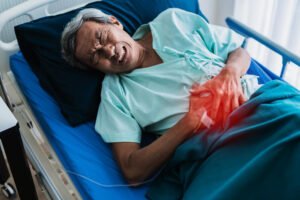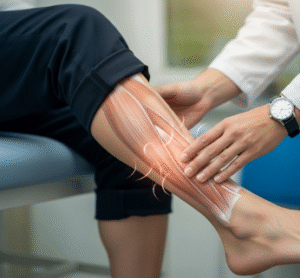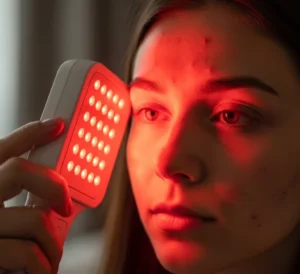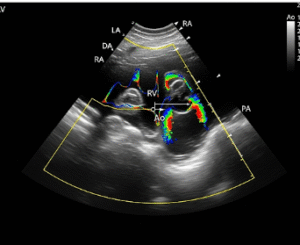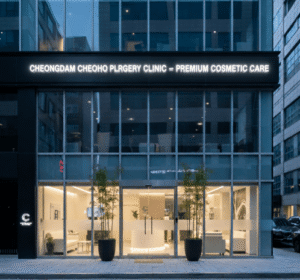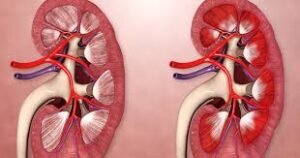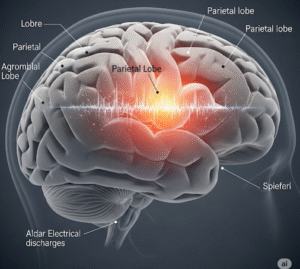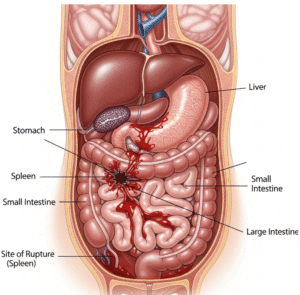Overview
Rippling Muscle Disease (RMD) is a rare neuromuscular disorder characterized by muscle stiffness and involuntary muscle contractions that cause visible rippling or wave-like movements beneath the skin. This condition affects muscle function and can cause discomfort or weakness. In Korea, specialized neurology and rehabilitation centers provide diagnosis and tailored management to improve symptoms and quality of life.
What is Rippling Muscle Disease?
Rippling Muscle Disease is caused by abnormalities in the muscle membrane’s ion channels, leading to muscle membrane hyperexcitability. This results in mechanical muscle contractions (rippling) triggered by stretching or percussion of muscles. It is often hereditary but can also occur sporadically.
Symptoms
- Visible rippling or wave-like muscle movements under the skin following muscle stretch or pressure
- Muscle stiffness and cramps
- Muscle weakness in some cases
- Muscle pain or fatigue
- Difficulty with physical activities due to discomfort
Causes
- Genetic mutations, most commonly in the CAV3 gene affecting caveolin-3 protein
- Sporadic cases without family history
- Muscle membrane channel dysfunction
Risk Factors
- Family history of Rippling Muscle Disease or related muscle disorders
- Genetic predisposition
Complications
- Progressive muscle weakness in some cases
- Impaired physical function and reduced exercise tolerance
- Potential cardiac involvement in rare cases
Prevention
- No known prevention due to genetic basis
- Early diagnosis and symptom management to slow progression and improve function
Treatment Options in Korea
Korean neurology and rehabilitation specialists offer comprehensive care for Rippling Muscle Disease:
- Symptomatic Treatment: Muscle relaxants and pain management to reduce stiffness and cramps.
- Physical Therapy: Customized exercises to maintain muscle strength and flexibility.
- Genetic Counseling: For affected families to understand inheritance patterns and risks.
- Monitoring: Regular neurological and cardiac evaluations to detect associated complications early.
- Supportive Care: Lifestyle adjustments and assistive devices if needed to improve mobility.



